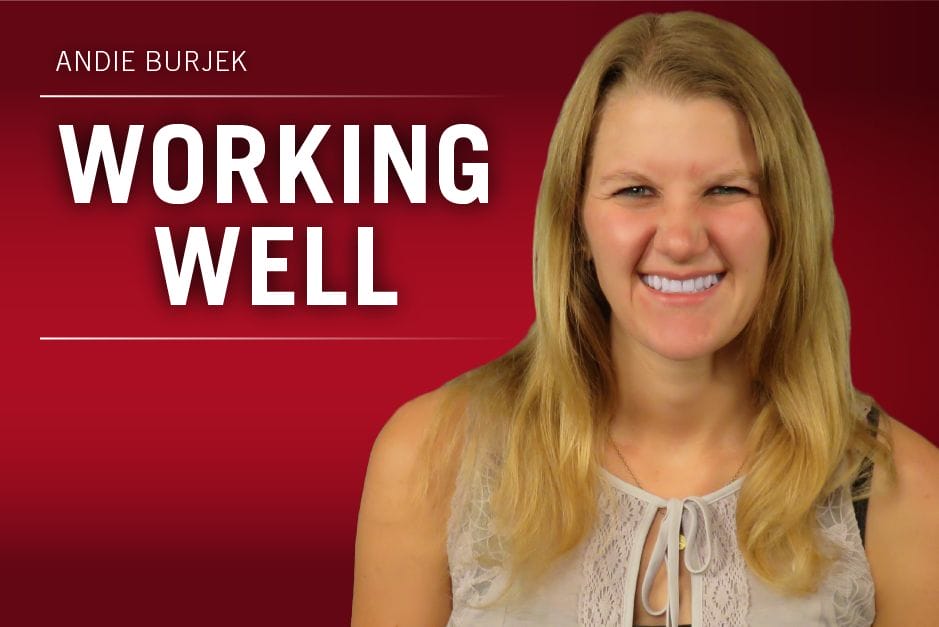Trying something new here: these are some valuable ideas and stories I’ve come across these past couple of weeks.
- An Office Schvitz, Anyone?
“Office Sauna: Must-have or Hot Air”: This article highlights a trendy office space in London, one of whose many nontraditional perks include a sauna. One thing this piece does well is point out the downside of perks (“Compare the cost of buying a ping-pong table to offering a living wage, rather than a minimum wage, and you start to cut through to the reality,” says one source) as well as the upside. For example, in an age where people are more inclined to work from home, having office perks can be a good way for people to stay in the office. (Side note: one of my half-baked business ideas is a sauna/spa called “Schvitz Box.” Any investors interested?)
- Not an Isolated Incident: Loneliness has Real Consequences
Dr. Jeremy Nobel, medical director of the Northeast Business Group on Health, brought up something very interesting in a recent interview about the mental wellness space: the impact of loneliness and isolation on health. This is one issue that hasn’t been picked up by popular media yet but should be more visible, he said. He added that these two factors contribute to mental health problems like substance abuse, depression and suicide, and that they also have a link to early mortality.
In a time when more companies are adopting mental health programs, I wonder if any of these programs account for these two biggies, loneliness and isolation. Is there a way to tackle these in the workplace? Feel free to share your ideas/ suggestions if you have any.
- I’m Too Burned Out to Think of Anymore Kitschy Titles …
Social psychologist Christina Maslach, who gave a very instructive talk on burnout at a conference a few weeks ago, shared this story from HealthLeaders Media: “Beating Clinician Burnout.” The gist? For physicians on a national level, the burnout rate is somewhere between 30 and 50 percent. This means major issues with morale, productivity and turnover.
“Burnout is not, as many believe, a failing of an individual,” the article states. “Rather, it’s a sign that something is amiss within an organization, and that systemic dysfunction can prevent an organization from achieving the desired outcomes of today’s value-based care efforts.”
This piece goes into more detail about the real impact of burnout and how some organizations have dealt with it, for example Vandervilt and its Nurse Wellness Program.
- A High Growth Industry
“Pot Industry Cultivates a New Branch with HR”: This is a stellar Workforce article, written by Max Mihelich, on HR in the legal marijuana industry. A lot of solid information here about a “budding” industry. Hehe. What HR professionals do in this space now matters, the article argues, because “the policies and procedures developed over the next few years as the industry grows could set the precedent for how HR departments of dispensaries are run for years to come.”
Another side note: A Mother’s Day distillery tour this past weekend re-sparked my interest in this story because the tour guide made some comparisons between the whiskey biz of the 1900s and the marijuana industry today. For example, during Prohibition, you could literally get a whiskey prescription for medical reasons from your doctor; there were complicated regulations involved with this as well. Looks like the issues surrounding marijuana now are pretty timeless.
Finally, I’d like to mention that I’ll be participating in G&A Partners’ #HRTailgate Twitter chat next week, Tuesday May 23, at 11 a.m. CT. The topic is, “The Evolution of Employee Benefits,” and the other panelists and I will be answering a series of eight questions via Twitter (see below). I’ll be on sharing information from my own sources, stories and research as well as pieces written by other Workforce contributors. For more information, check out this link.
I’ll be participating via this Twitter account: @andie_burjek. Other panelists include Kathryn Moody of HR Dive and Anu Mannathikuzhiyil of G&A Partners. Looking forward to discussing benefits with my fellow panelists and tweeters!
These are the eight questions we’ll be discussing:
- What are the most significant trends you are seeing in employee benefit programs?
- In your opinion, what is the most valuable benefit or perk a company can offer?
- What offerings do you feel best attract new talent and retain employees?
- With financial stress as the #1 inhibitor of productivity, what are companies doing to help employees in that facet of the wellbeing space?
- From paternal to “paw-ternal” leave, what ways can companies uniquely care for employees who are growing their families?
- Should employee benefits be tailored to different generations? Why or why not?
- How can companies promote their benefits programs to attract new talent?
- Where do you see employee benefits programs heading in the next decade?
 Andie Burjek is a Workforce associate editor. Comment below, or email at aburjek@humancapitalmedia.com. Follow Workforce on Twitter at @workforcenews.
Andie Burjek is a Workforce associate editor. Comment below, or email at aburjek@humancapitalmedia.com. Follow Workforce on Twitter at @workforcenews.

